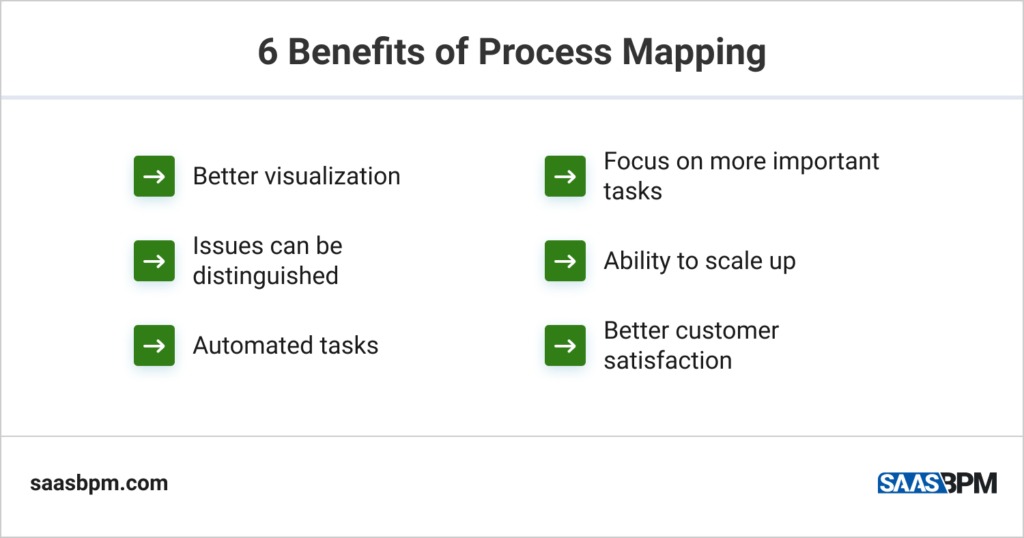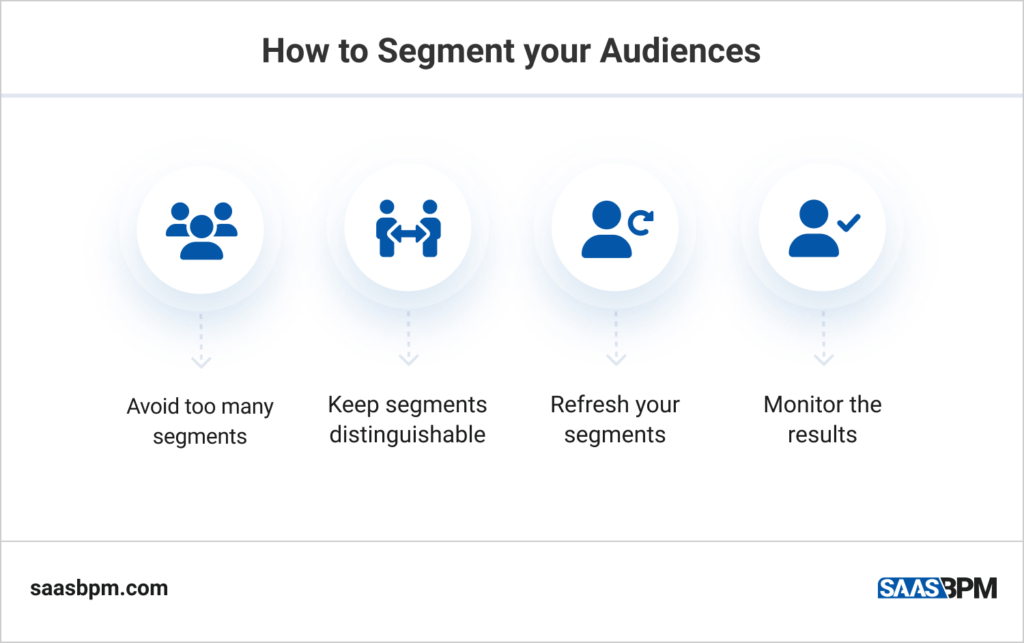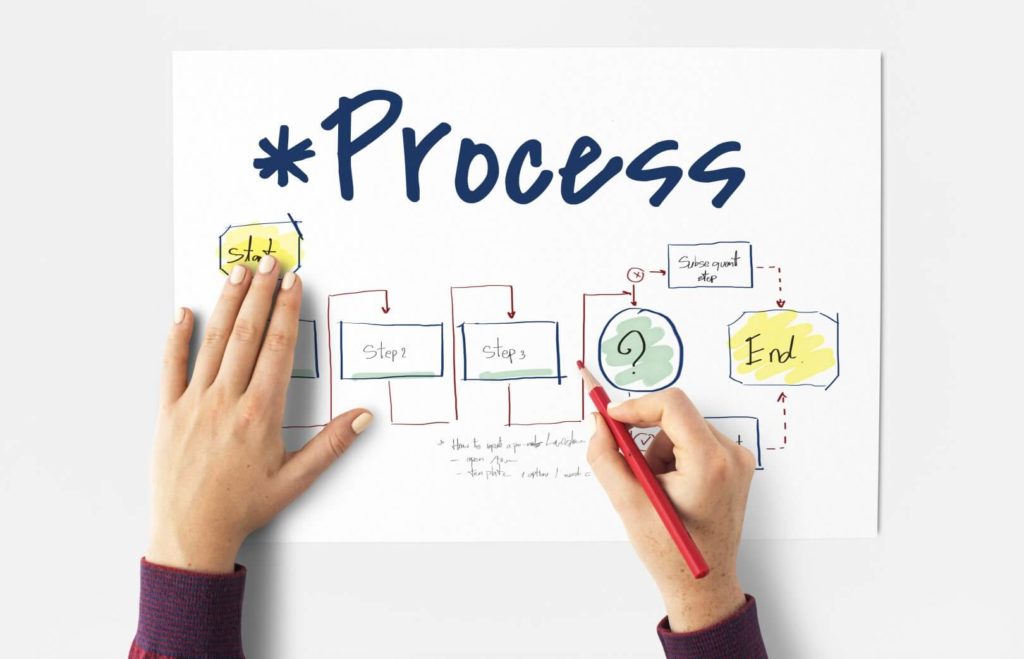Marketers and managers have different ways of organizing their tasks at work. Some make lists and spreadsheets, while some use an automation tool to keep things in order. However, there is another way to manage your and your team’s assignments, and it’s called process mapping.

So, what exactly is process mapping in business terms? It is simply a tactic or tool that is used to visualize every task that the team has to finish. Process mapping is also sometimes called workflow diagrams or flowcharts and is defined as a detailed way to define the duties at the office. Here are a couple of benefits that organizations can get when they implement process mapping in their businesses:
- Better visualization. By applying the process mapping basics, employees can easily view and review their assignments when needed. It also minimizes mistakes and human errors, as the diagrams can easily be followed by individuals.
- Problems can be easily distinguished. With a clear depiction of all the tasks at hand, the team members can pinpoint the bottlenecks that the team is facing. Unnecessary steps can be eliminated so the staff can be more efficient.
- Automated tasks can be determined. Repetitive tasks can take so much of everybody’s time and effort. With process mapping, managers can identify which duties can be automated through a business process management or mapping tool.
- Employees can focus on important tasks. Since the process mapping tool will automate mundane tasks, the staff members can now focus on more important duties such as customer support and satisfaction.
- The ability to scale up. Process mapping allows managers and business owners to see how much of their resources are being used. By seeing a clear depiction of the said factor, marketers can easily decide if it’s possible to scale up.
- Better customer satisfaction. An organized process and more efficient employees often lead to happier customers. As long as the clients are receiving their goods in a timely manner and you are delivering the way you are supposed to, you can rest assured that your consumers will be happy with the service that you are providing.

Now that we have discussed the process mapping benefits, it’s time to dive into how marketers should implement it in their own processes.
Implement Process Mapping Best Practices
The first step to consider in process mapping is determining the best practices that you want to implement. Pinpoint the exact tasks or projects that you’d want to map out and make a detailed plan of each one. Create a list of questions and answer each one in a particular manner. You should also implement rules and guidelines that each team member should follow for a smoother process.
Additionally, understand why you are using process mapping in the first place. Know what changes you want to execute and what our main goals are. Keep in mind that this is a team effort, and everyone should be on the same page. Lastly, you should focus on the assignments that are meant to produce results. Use KPIs and metrics to measure your progress.
Start by Researching and Proper Segmentation
Continue on with the process by researching your audience and knowing how you will find them. Once you know who your target market is, it’s time to segment and group them based on their demographics. Doing this will help you determine the right messages to convey to your consumers, so they will be inclined to support your business.
Here are a couple of tips to keep in mind when trying to segment your audiences:
- Avoid having too many segments, as this can be harder to manage.
- Keep every segment obviously different from each one.
- Behavioral clusters are different from segments.
- Refresh your segments every once in a while.
- Monitor your results and keep track of your success.

Determine the Steps
Process mapping in business is all about determining the steps that you need to follow. Mark a beginning and ending point and follow the process thoroughly. Properly delegate the tasks to the people involved, and determine a solid timeline that the team can follow. Here are some of the process mapping basics that you’d want to follow:
- The responsibilities of each team member.
- The objectives – what are you planning on finishing?
- The activities and how you are planning to go about your plan.
- The inputs and outputs of every staff member, their progress, and how long it will take them to finish the tasks.
- The consumers and how will process mapping benefit them.
- The risks that are involved with the process, and how you are planning on combating each one.
- The KPIs and if they are being reached every step of the way.
As long as you have a clear goal of what you should implement, you can go about the process flawlessly.
Reevaluate your Process Map

Take another look at the steps to process mapping and if you’ve got everything figured out. You’d want this to be as smooth as possible, and reevaluating and analyzing the steps will help you see certain roadblocks that might be in the way. Remove unnecessary steps, get rid of redundant tasks, be aware of vague definitions, and see which tasks constantly need to be reworked.
Document and Analyze
While documenting the process is a lot easier with a business process management tool, manually backing up your data should also be part of the process. Doing this will help you get down to the root causes of the issues that you are experiencing. It will also aid with determining whether you need to add or remove certain steps to make the journey better for you and the whole team.
Bottomline
Today, businesses are a lot more conscious when it comes to their processes. Operational improvements are constantly being done, as this will directly impact the business and how you deal with the customers. Now is the time to improve your organizational structure and make changes to how you do things around the office. Take advantage of the technological advancements to provide your market with the services that they are paying for.

